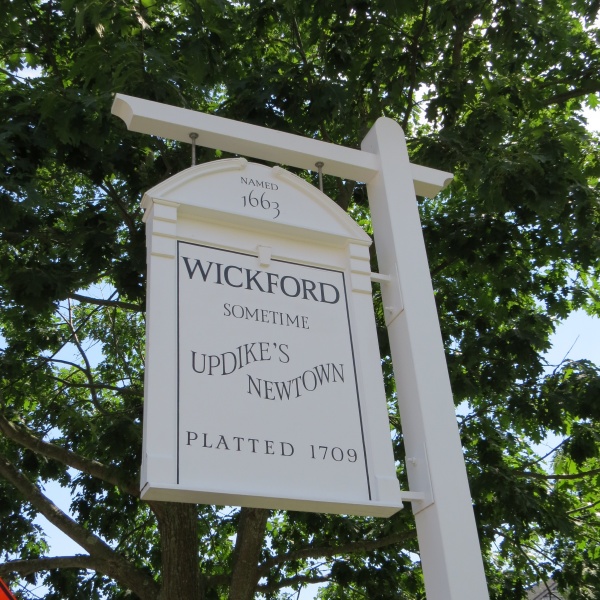Port of Call: Reedville, Virginia
/Fishing Bay to Reedville - Day 4 - 36 nm (passage total: 116 nm) A splendid sunrise had us anchor up at 0730 and on our way from Fishing Bay to our next port of call, Reedville, Virginia. Out the Piankatank River, back into Chesapeake Bay and then up the Great Wicomico River to a fine little anchorage in Cockrell Creek.
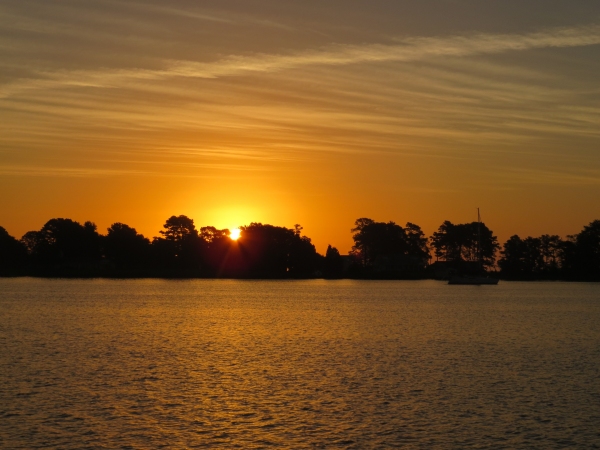
We were looking forward to Reedville for several reasons. First, we had planned a late afternoon meet-up with Jeremy McGeary, Senior Editor of Good Old Boat. We'd worked with him for the past couple of years, but never had the chance to meet him. He had also told us a bit about Reedville and we were looking forward to visiting the little Reedville Fishermen's Museum and having a chance to stretch our legs after two days without shore time. Second, and just as importantly, we were meeting Jeremy at Chitterchats (“ice cream and gossip parlor”). Need we say more?
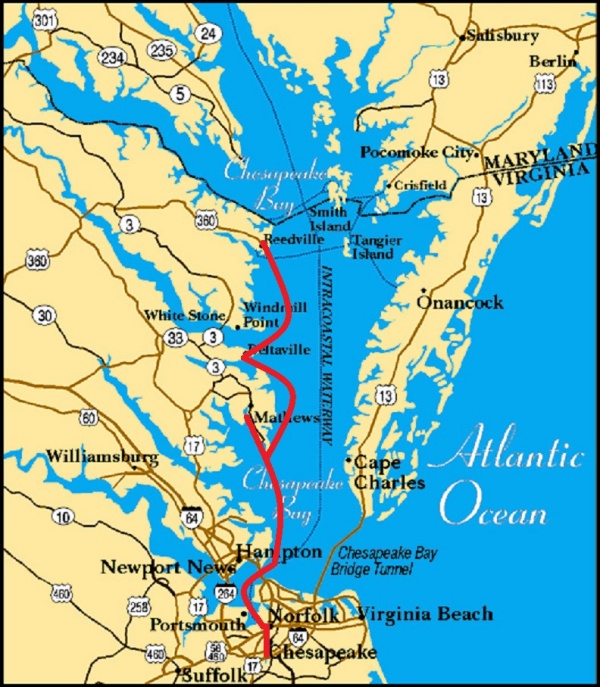
Once Cups was comfortably set in the creek, we dinghied into the small museum dock and tied up. The approach to the dock was a picture-perfect postcard.
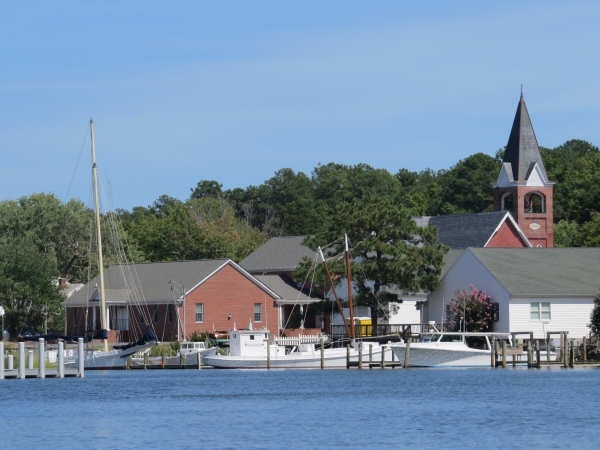
We weren't ashore more than a couple of minutes when we were approached by Tom Miller, an off-duty docent for the museum who just happened to be at the museum. He welcomed us and chatted a bit before pointing us in the direction of the museum entrance.
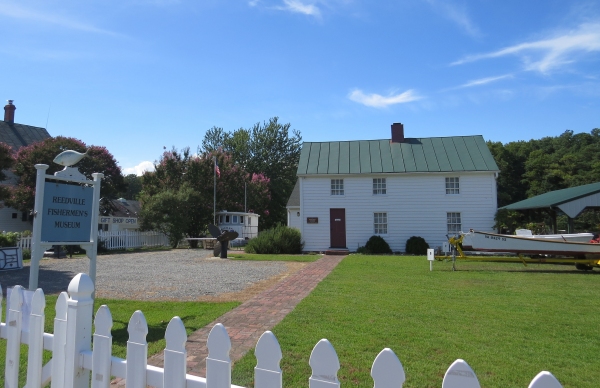
For such a small museum in such an out-of-the-way place, the Reedville Fishermen's Museum is a gem. After a very informative video, we spent an hour or more viewing the well-displayed exhibits. We learned about the history of Reedville, from Elijah Reed's arrival c.1874 to the present day. The history of Reedville is tied intrinsically to menhaden fishing. Menhaden, you ask? Stay tuned. I'll explain more tomorrow.
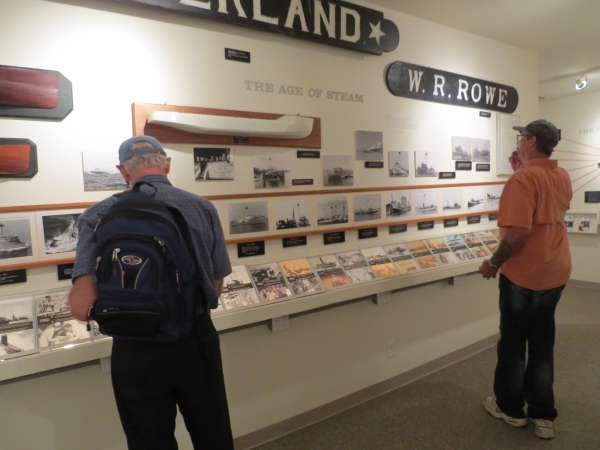
After touring the museum, we were allowed to tour the Walker House, the oldest home in the community. Built in 1875 by William Walker, the museum restored, refurbished and refurnished the house and it now represents a 19th century waterman’s home.
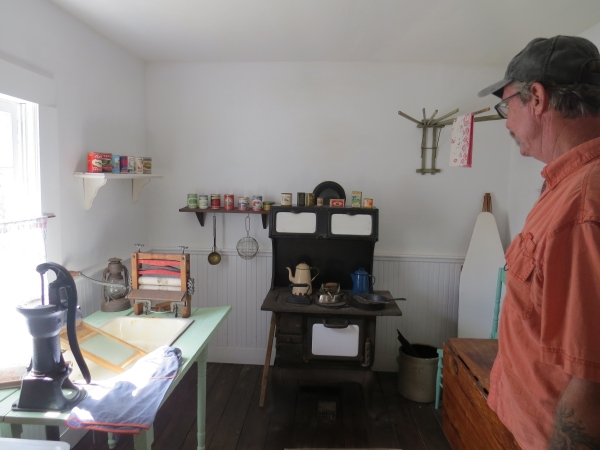
Along the dock where we'd tied up the dinghy, there were several boats owned by the museum, representative of the vessels that plied the Chesapeake waters and environs. The Claud W. Somers is a classic Chesapeake Bay skipjack, built in 1911 in Young's Creek, Virginia. Sadly, in 1977 Claude W. Somers was struck by a squall near Hooper Strait Light, leaving six drowned, including her owner-captain.
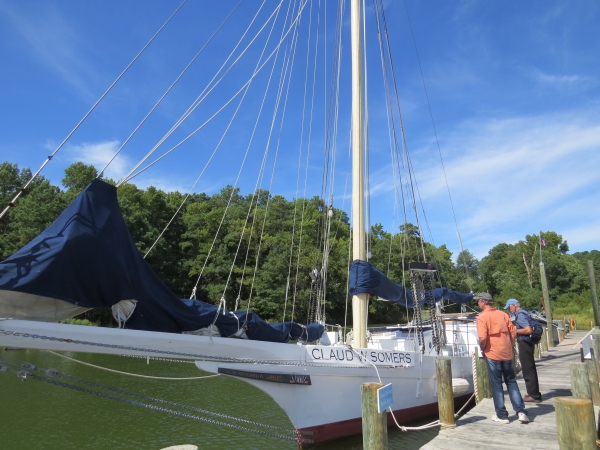
The Spirit of Reedville was of particular interest. Used as the working boat for corralling and netting menhaden (that mysterious fish I mentioned above), this vessel is known as a purse boat.
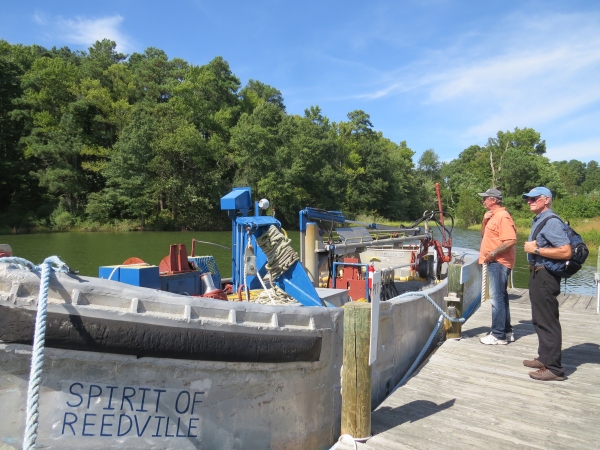
After the museum, we headed down the town's main street, oddly named Main Street. Reedville is a tiny, sleepy little town – population ~2,341. There are very few shops, no supermarkets, no 7-11s nor Ace Hardwares, but it's quite pleasant and the people are friendly. Lined with stately Victorian mansions, this street was once considered a Millionaire's Row during the height of the menhaden fishing days. The Morris House was a good example, particularly grand and ornate.
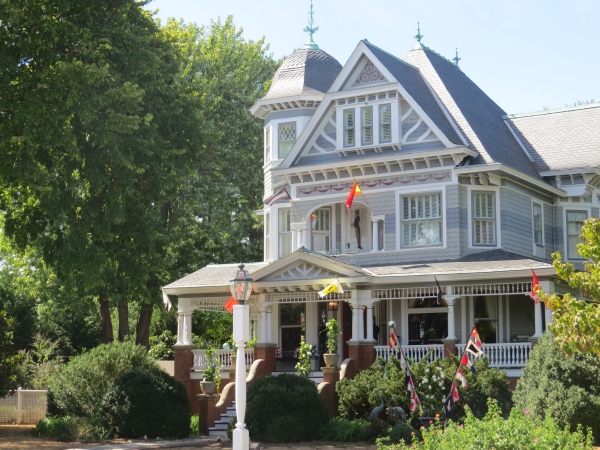
One of the museum ladies told us to be on the look-out for the “Sears-Roebuck” house. We found the Dey Cottage and did a little research into its history. According to The House and Home Magazine, “the Russell Dey Cottage is a Sears and Roebuck Modern Home — a home that was mail ordered from a catalog and then built upon delivery, using a 75 page instruction manual, from a kit containing between 10,000 and 30,000 pieces. Sears and Roebucks Modern Homes were built between 1908 and 1940 and it has been estimated that over 70,000 of these homes were sold during this time. It was suggested by Sears that “A man of average abilities could assemble a Sears kit home in about 90 Days.” Russell Dey Cottage or ‘The Hathaway,’ a two bedroom house, was ordered from a Sears catalogue in 1926, for a modest $1,299 and was then barged via steamboat into Reedville, via Baltimore, where it was assembled by local carpenter at the time, Mr. Dotson. The fact that it was barged into Reedville was an oddity at the time, because most Sears Roebuck homes were transported via railroad boxcars because of the weight of the materials being shipped.”

After the museum tour and walk, we were ready to meet Jeremy … and get an ice cream! Chitterchats is a wonderful little ice cream parlor with great flavors of rich, creamy ice cream. Jennifer, the owner, welcomed us warmly, then set about scooping our choices. Yum.
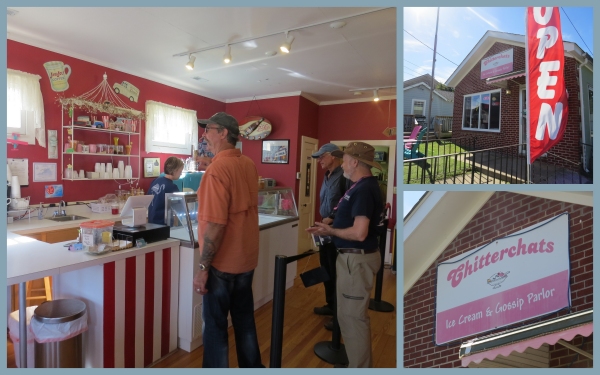
We managed to waddle our way out of the ice cream shop to Jeremy's car. He offered to take us to the closest supermarket which ended up being about a thousand miles away. We returned to Nine of Cups in the late afternoon to give Jeremy a nickel-tour of the boat and share a glass of wine. Then he was off and we spent a lovely, calm night in the Cockrell Creek anchorage, all geared up for more adventures in the days to come.
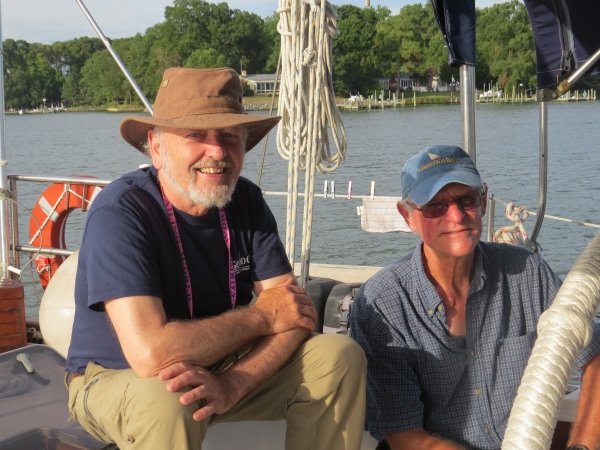
Stay tuned tomorrow for all you ever needed or wanted to know about menhaden. Yup … you're gonna be overwhelmed!


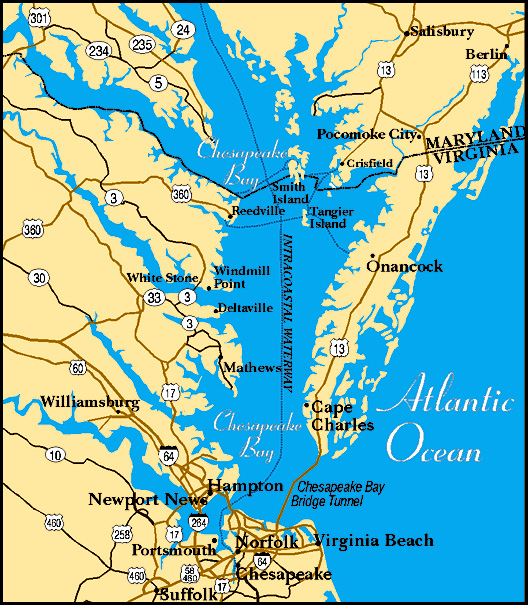
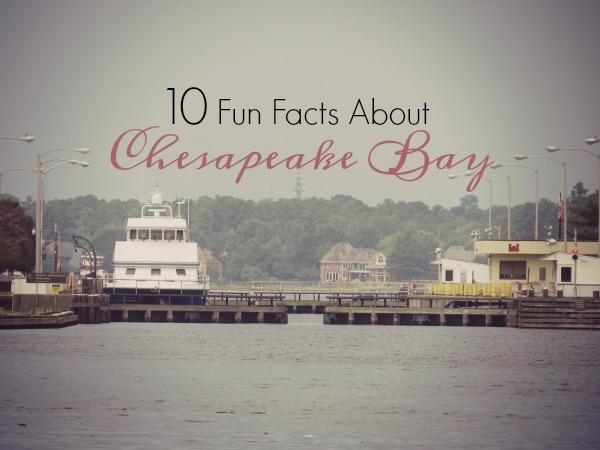
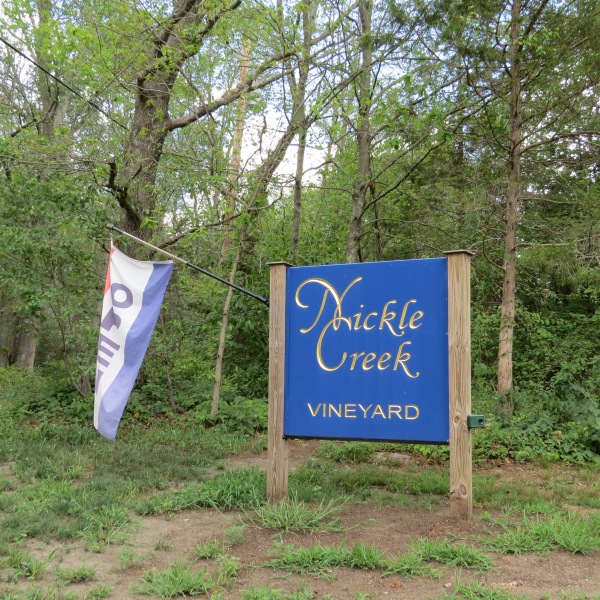

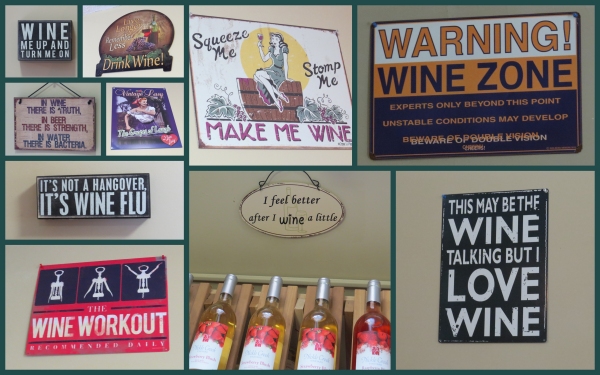
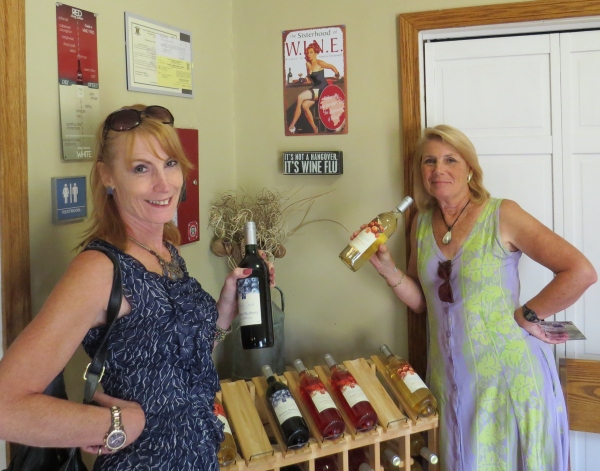
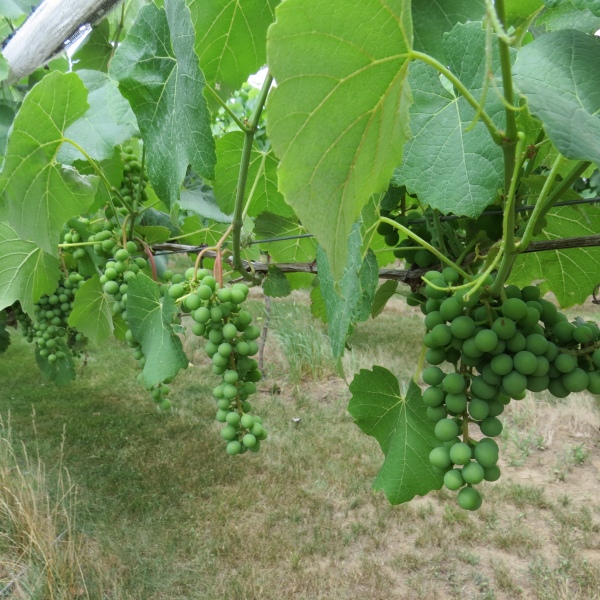
 novel.
novel.